Hendrick van Balen (circle of)
(Antwerp, 1575 – 1632)
Diana and the Nymphs Surprised by Actaeon
oil on copper, cm. 55 × 71.5
within wooden frame
The painting depicts a complex mythological episode taken from Ovid’s Metamorphoses: Actaeon, a young hunter, surprises Diana and her retinue of nymphs as they bathe in a secluded woodland. Hidden among the trees on the left, the hero gazes at the female group, which reacts with astonishment and modesty.
At the centre of the scene stands a dense group of female figures, nude or partially draped, rendered with fair and soft complexions, in keeping with a typically Flemish idiom. Some nymphs attempt to cover themselves with fabrics, while others turn toward the intruder with agitated gestures.
In the background unfolds a wooded landscape teeming with naturalistic details: leafy trees, fruit, brightly coloured birds (parrots, doves, exotic species), and decorative animals such as the peacock, a symbol of vanity and beauty. To the right appears a grotto adorned with statues and fantastic figures, including a sphinx, underscoring the mythical and fabulous nature of the scene.
In the foreground, still-life elements are displayed: baskets, vessels, and containers, details that reflect the Flemish taste for descriptive precision.
Despite its narrative complexity, the composition maintains a harmonious balance between figure and landscape, with a clear and luminous chromatic range that enhances the fairytale-like tone of the painting.
The work is executed on a copper plate, a particularly precious and costly support, used especially between the late sixteenth and early seventeenth centuries.
Copper offered painters a smooth surface, ideal for meticulous and brilliant applications, with enamel-like effects and a luminosity superior to canvas or panel. This support was intended for a cultivated and refined clientele, often of aristocratic circles.
The medium-to-large format lends the work an important character, more imposing than the smaller copper plates that were more common.
The style of the composition, with its rounded female figures and fair complexions, the brightly coloured and luminous draperies, and the naturalistic setting enriched with animals and detail, clearly points to the Antwerp school of the early seventeenth century.
In particular, the work belongs within the orbit of Hendrick van Balen, a painter renowned for his mythological and allegorical scenes in small and medium format, often painted on copper. Van Balen was the master of Anthony van Dyck and a frequent collaborator of Jan Brueghel the Elder: in their joint works, van Balen executed the figures while Brueghel completed the landscapes and naturalistic details.
Hendrick van Balen (Antwerp, 1575 – 1632) was a Flemish painter trained in Venice and Rome, influenced by Italian classicism and Mannerism. Upon his return to Antwerp, he joined the Guild of St. Luke and became a leading figure in the city’s artistic life.
Specialised in small-scale mythological and allegorical scenes on copper, he often collaborated with Jan Brueghel the Elder, entrusting him with landscapes and naturalistic elements. He was also the master of Anthony van Dyck, who absorbed from him a solid approach to figure construction. His works, highly appreciated by European courts, combine Northern grace with Italian refinement.
This painting, in its structure and stylistic features, clearly belongs to this tradition, with a rendering of the nymphs akin to van Balen’s works and a richness of flora and fauna recalling the Brueghel circle.
The painting should therefore be attributed to the circle of Hendrick van Balen, within a Flemish context of the early seventeenth century, with a probable influence or collaboration with painters from the circle of Jan Brueghel the Elder.
Comparisons:
Hendrick van Balen, Diana and the Nymphs, oil on copper, Museo del Prado, Madrid: same narrative structure, analogous female figures, refined use of copper.
Jan Brueghel the Elder & Hendrick van Balen, Diana and the Nymphs at the Bath, oil on copper, Kunsthistorisches Museum, Vienna: clear parallel in theme and the rendering of female figures set within landscapes rich in animals and floral detail.
Van Balen, Allegory of Water, oil on copper: the nude figures with full forms and graceful poses closely recall those of our painting.


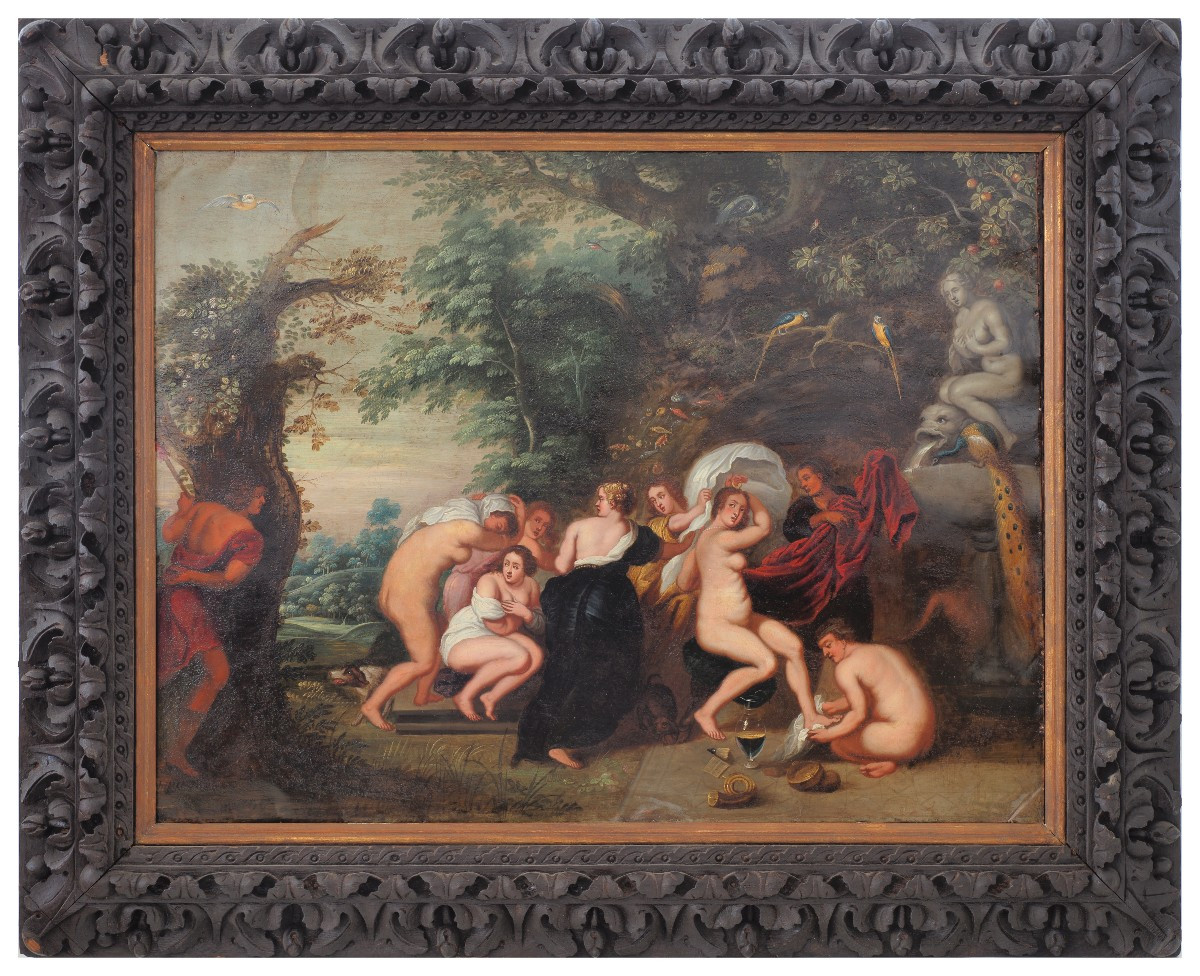
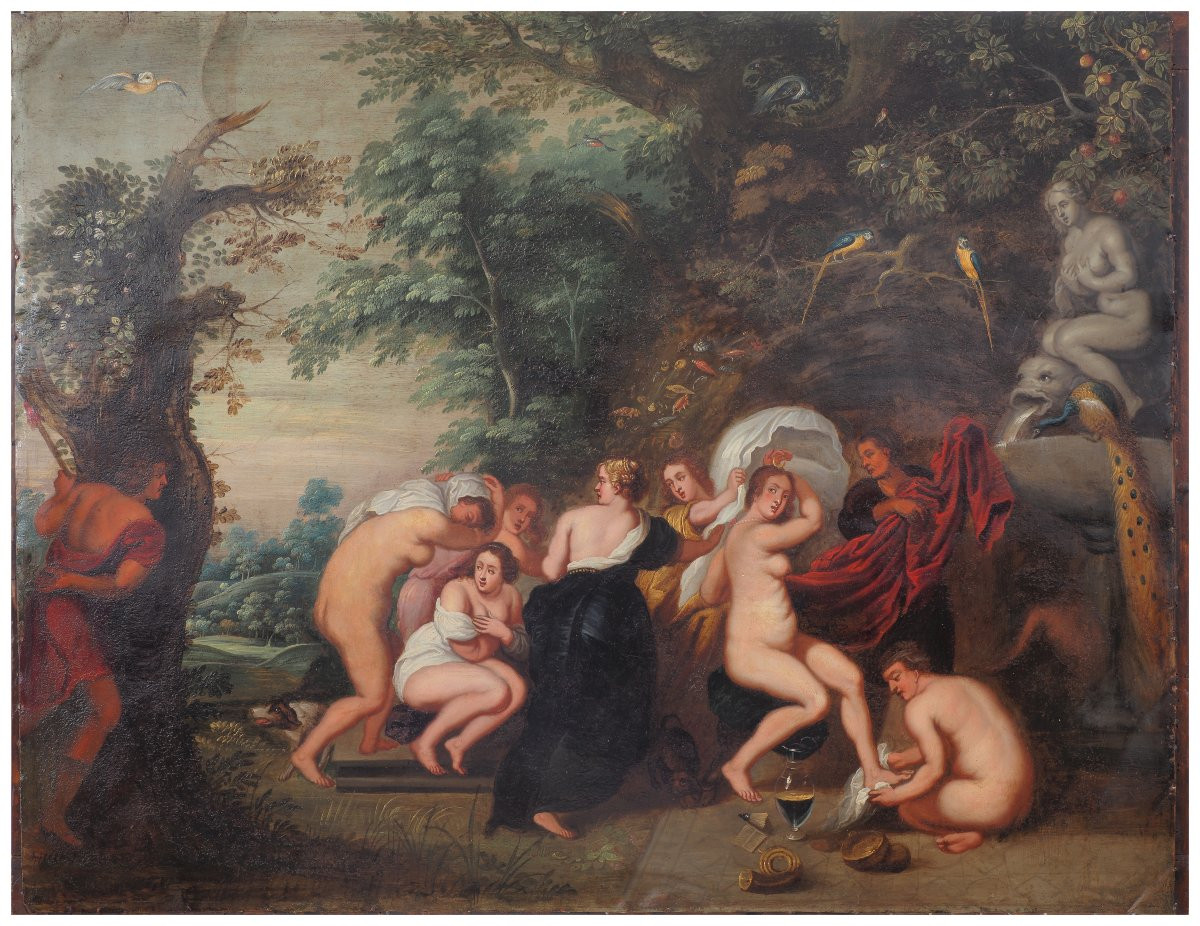
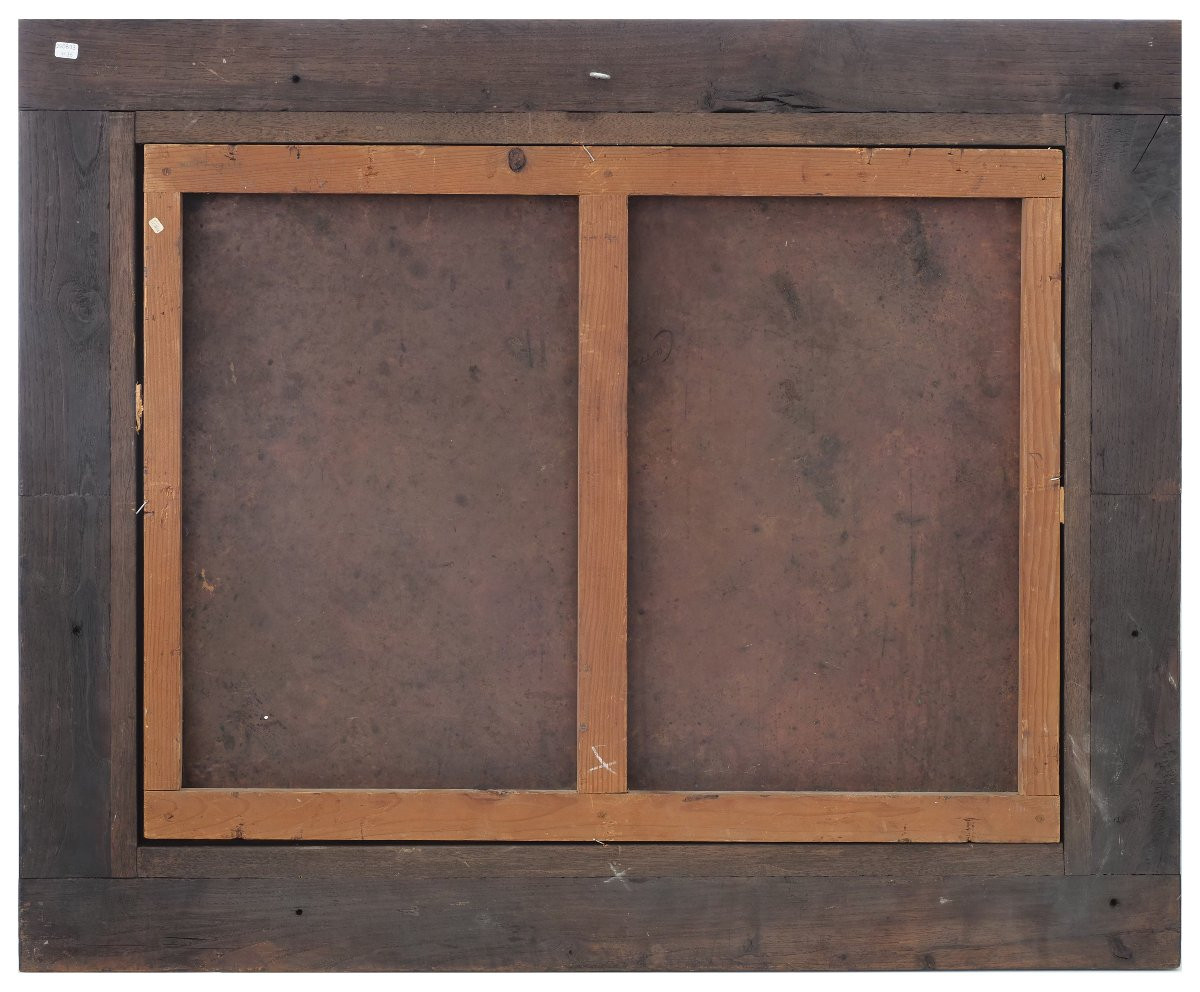
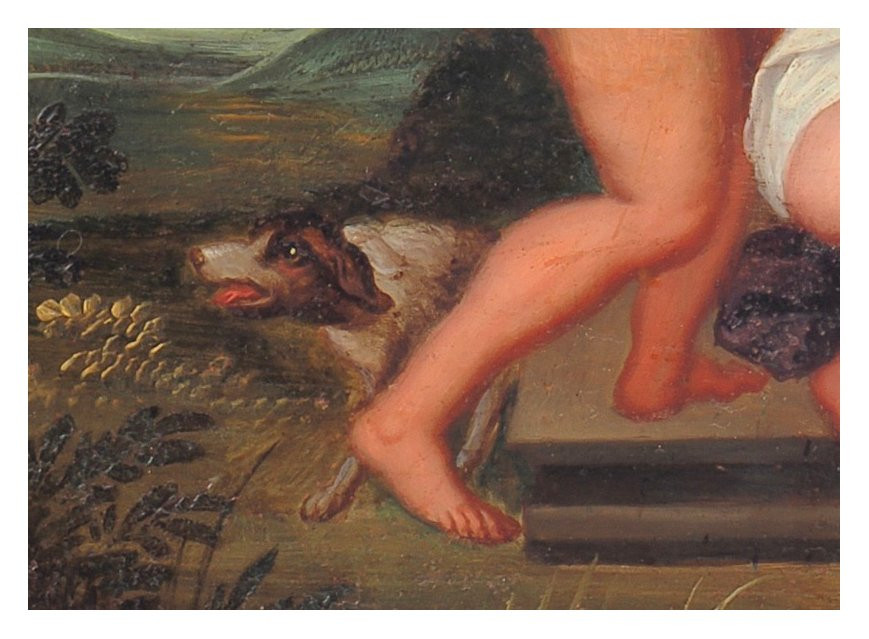
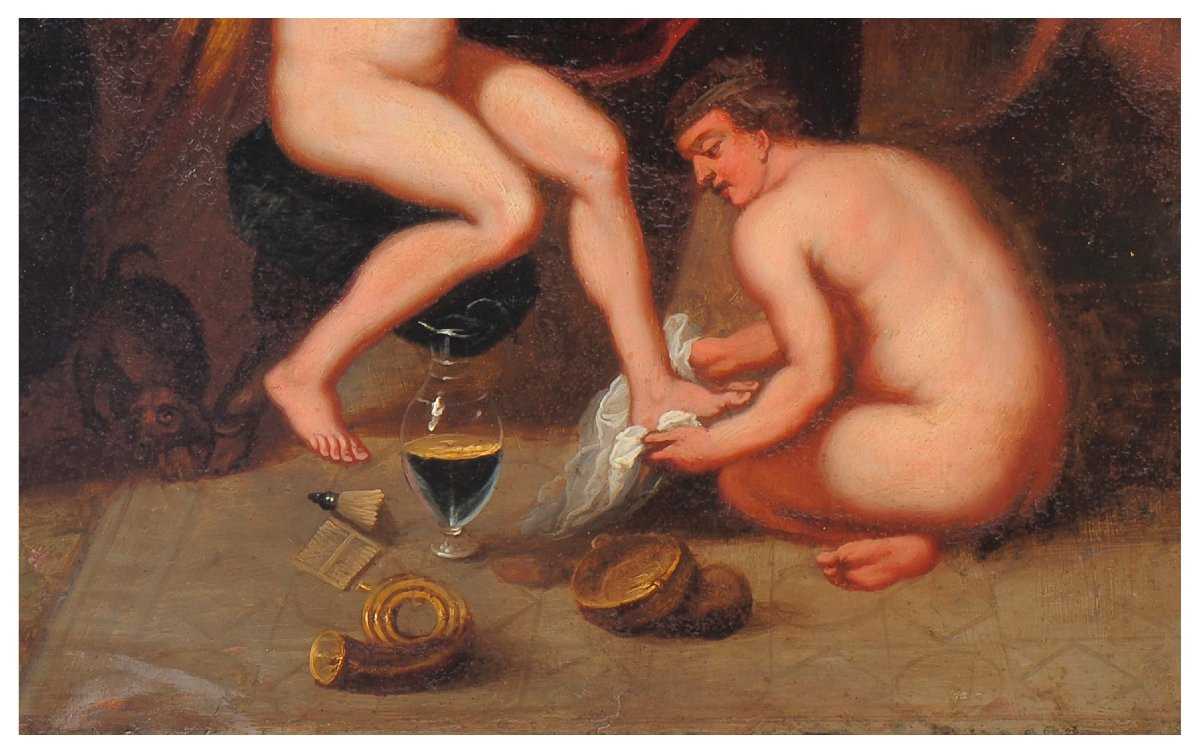
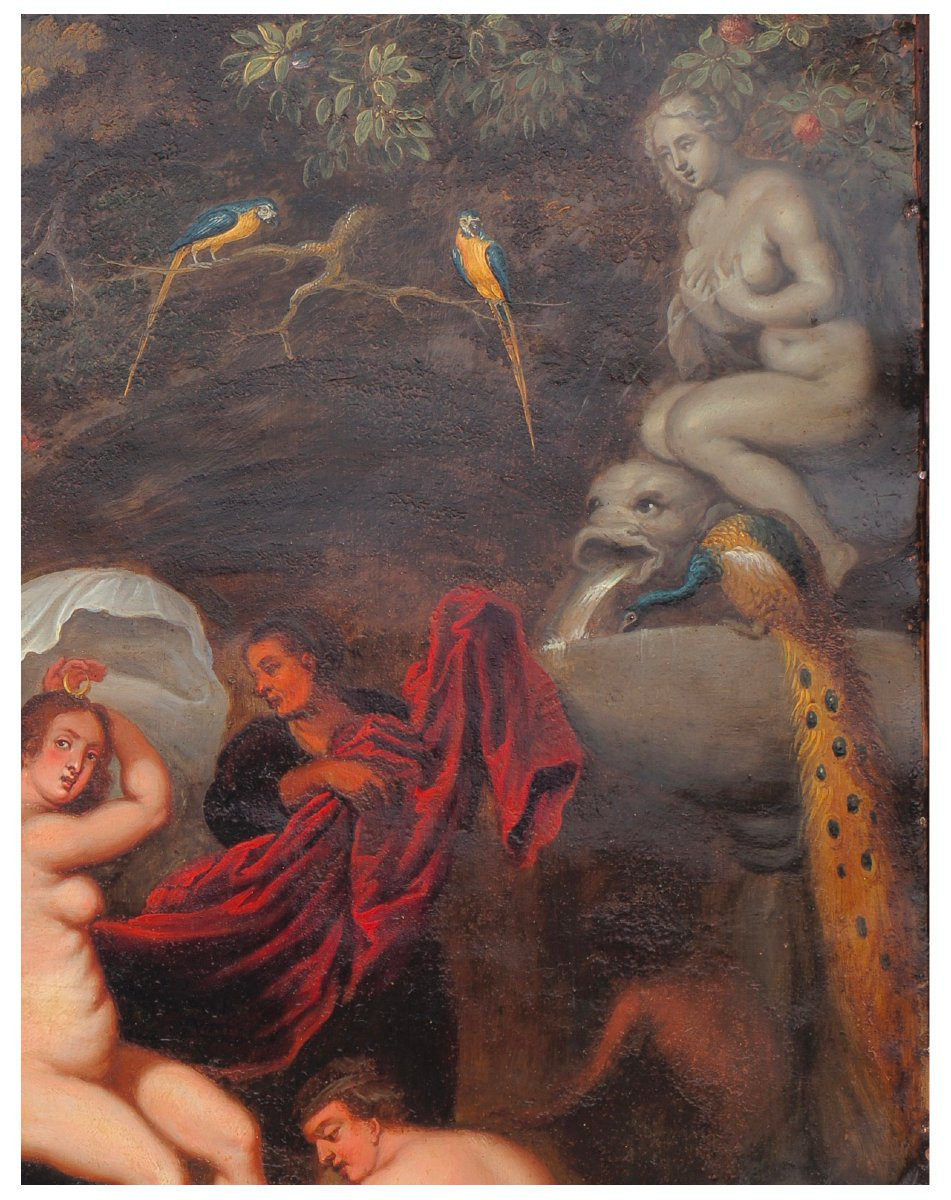
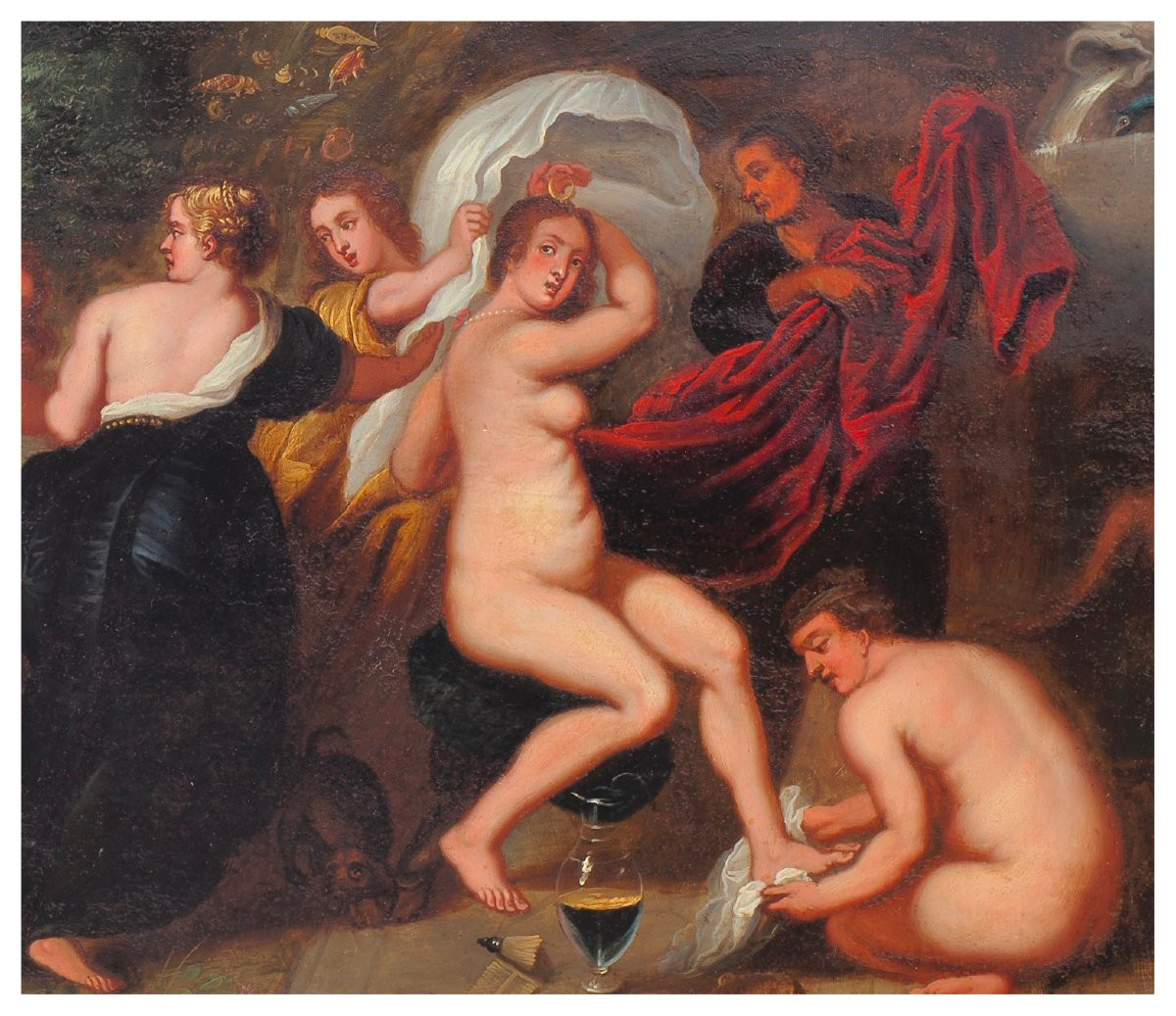









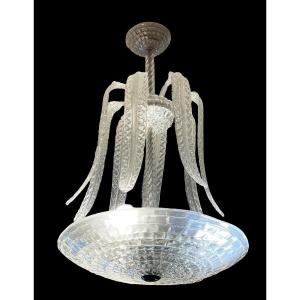

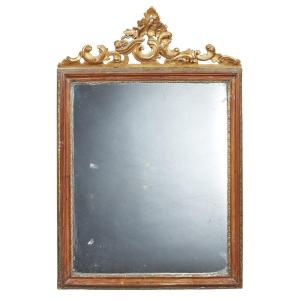

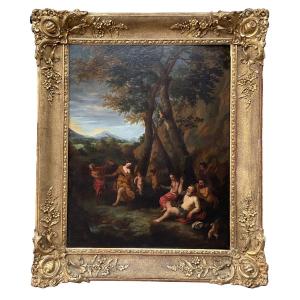
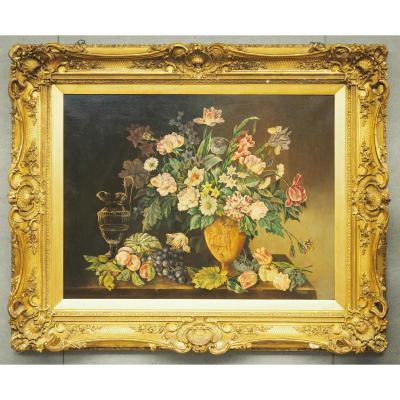


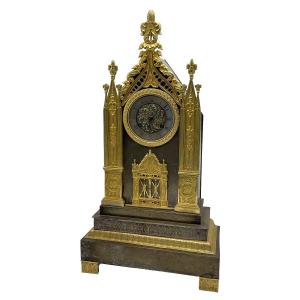


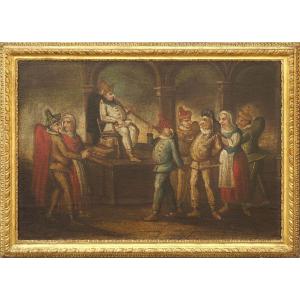









 Le Magazine de PROANTIC
Le Magazine de PROANTIC TRÉSORS Magazine
TRÉSORS Magazine Rivista Artiquariato
Rivista Artiquariato